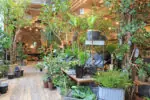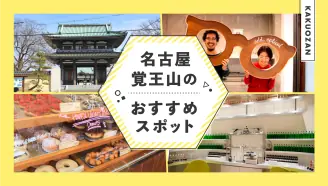"Gifu Sekigahara Battlefield Memorial Museum" - you can experience the Battle of Sekigahara with all five senses!
Table of Contents
Jump out of the facility and visit the historical sites of the Battle of Sekigahara!
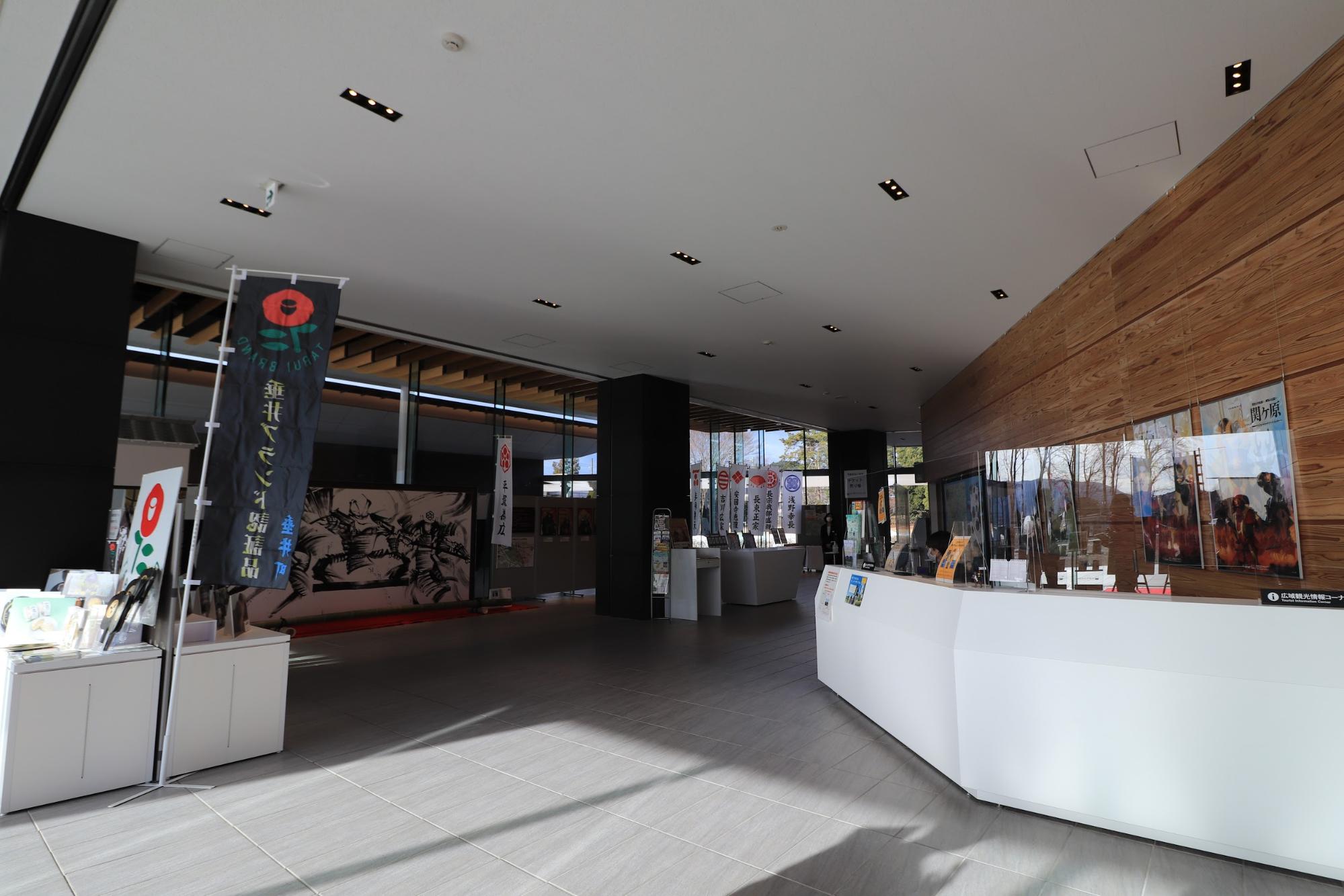
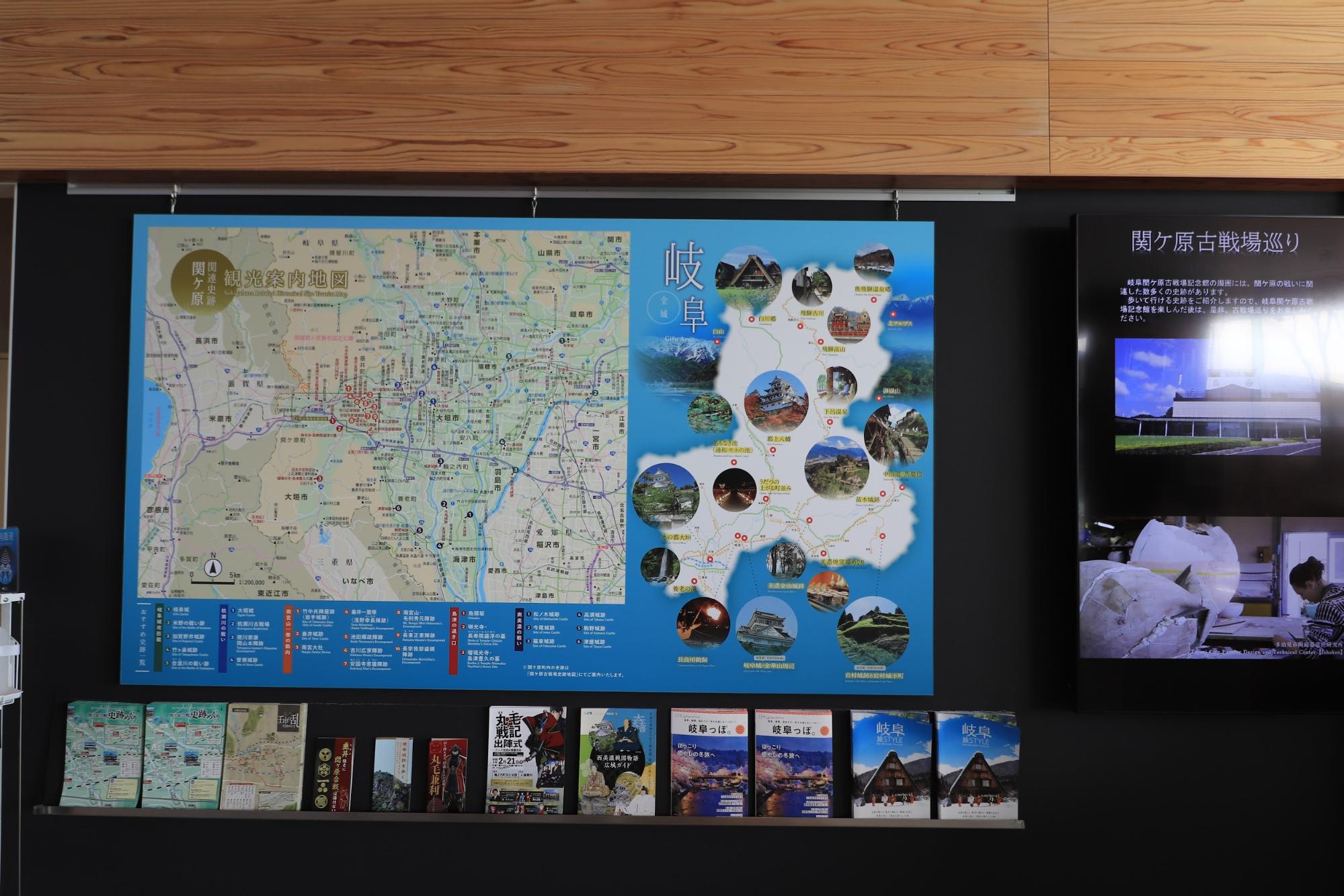
After learning about the Battle of Sekigahara, let's actually go out into the town. At the reagional sightseeing information corner on the 1st floor of the main building, you can rent a bicycle and use the "Sekigahara Historic Site Guide". The walking courses include Ieyasu Tokugawa course and the Mitsunari Ishida course, which tell the anecdotes of the seven representative warlords of the Battle of Sekigahara, and set seven symbolic courses for visiting ancient battlefields. Please take a look around the course of your favorite military commander!
In addition, there are pamphlets about areas in Gifu Prefecture, so you can use them for sightseeing after visiting the memorial hall.
Introducing recommended historical spots
The "decisive battlefield" where the fiercest battle took place
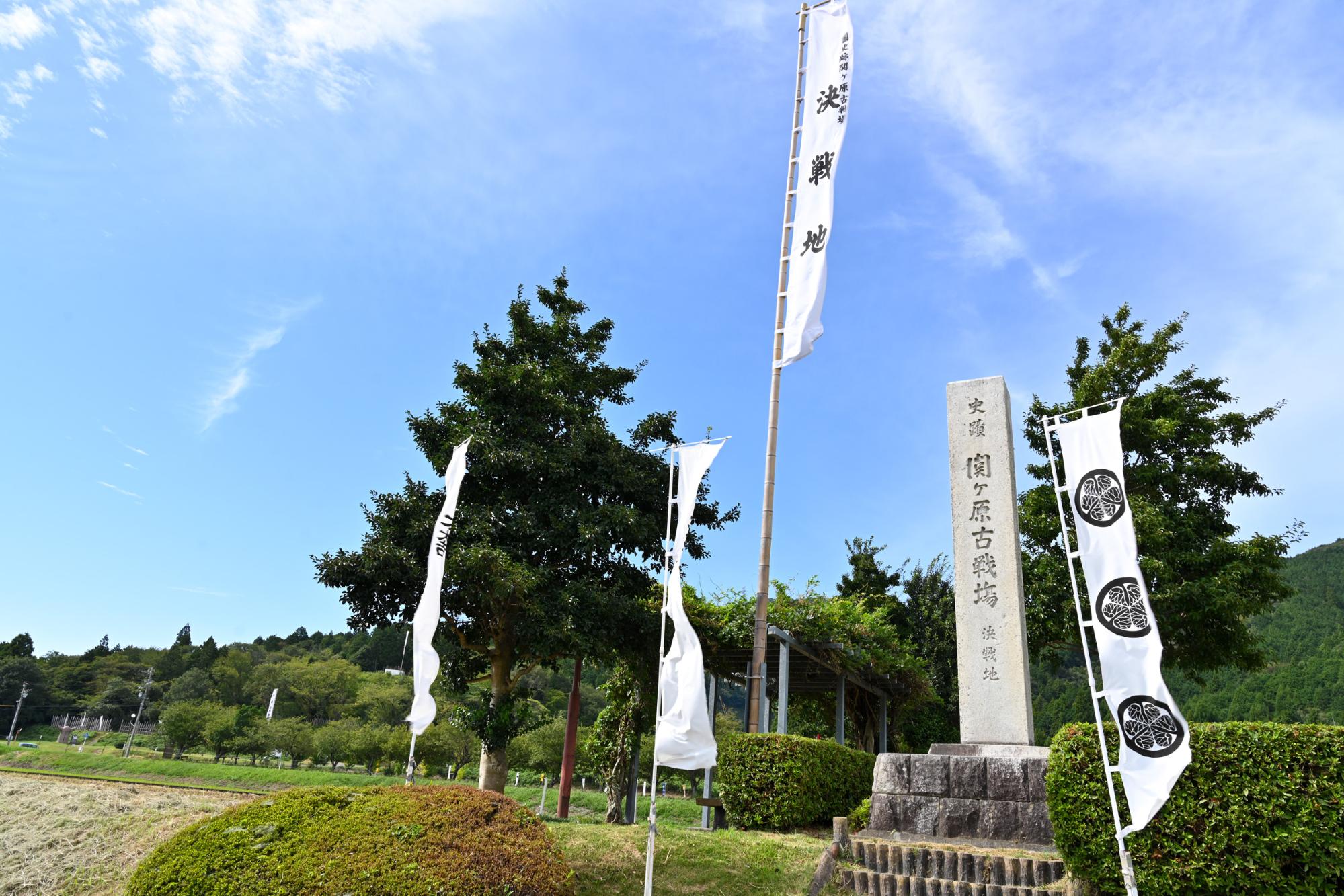
The "decisive battlefield" where fierce battles were fought is indispensable when visiting historic sites. With Mt. Sasao in the background, the decisive battlefield is currently located in the middle of the expanding countryside.
It is said that when Hideaki Kobayakawa changed sides and the Western Army collapsed, the area was filled with the Eastern Army that attacked the Ishida and Shimazu forces. The victory or defeat of the major battle was decided in only about half a day.
Mt. Sasao, Ishida Mitsunari's camp ruins, where he carried out his righteous duty to Hideyoshi Toyotomi
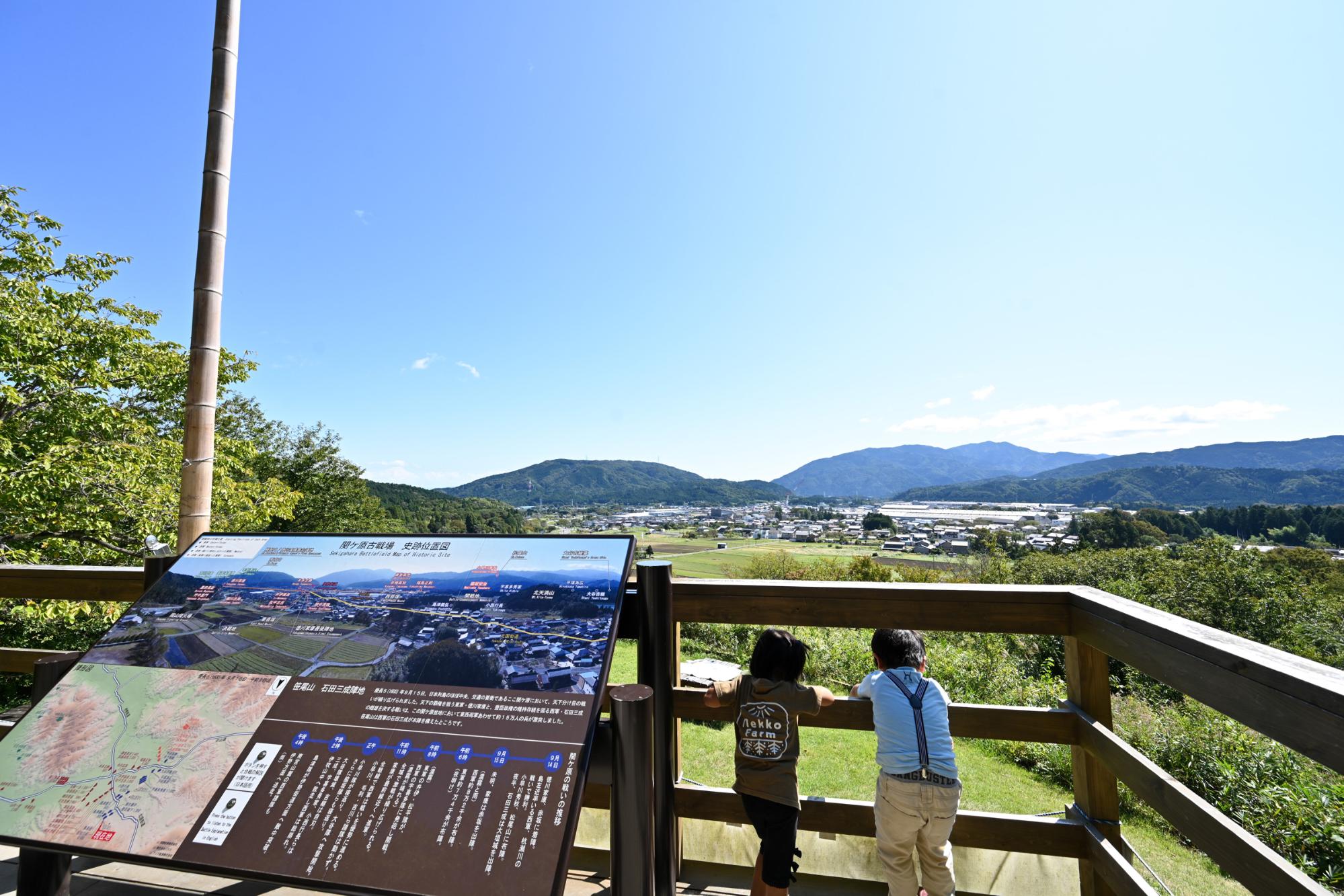
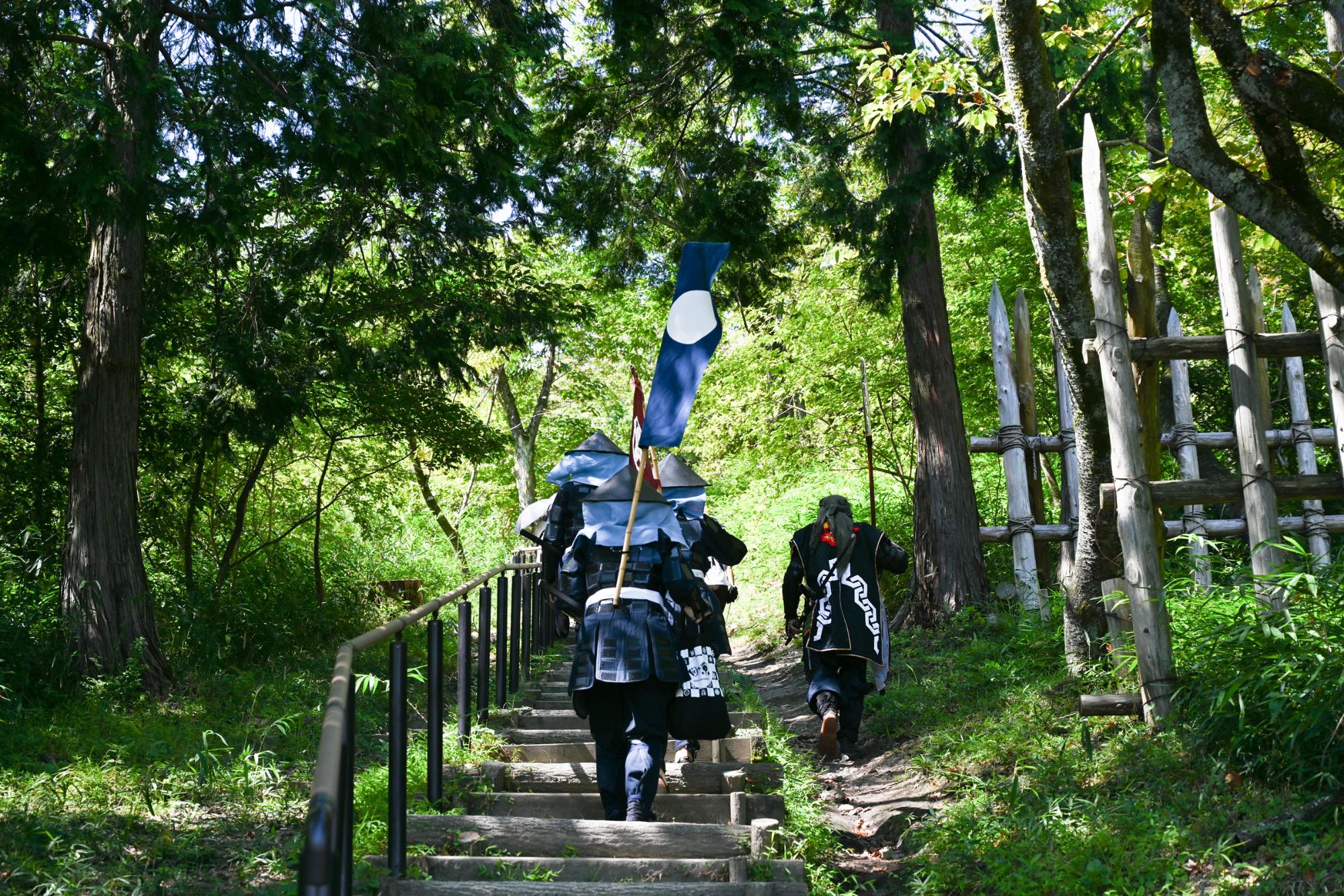
A small mountain located northwest of the site of the decisive battle is Mt. Sasao. There is a monument that reads "Ruins of Ishida Mitsunari's camp." On Mt. Sasao is a reconstructed Babou-saku (horse-proof fence) that was used as a defense against enemy attacks during the battle. At the time of the battle, Sakon Shima, who was said to be "the best of Mitsunari," was stationed at the front line and took command at the top of the mountain.
If you look out over the entire ancient battlefield from the top of Mt. Sasao, you'll feel like you've slipped back in time.
Confident of victory? Mt. Momokubari, Ieyasu Tokugawa First camp ruins
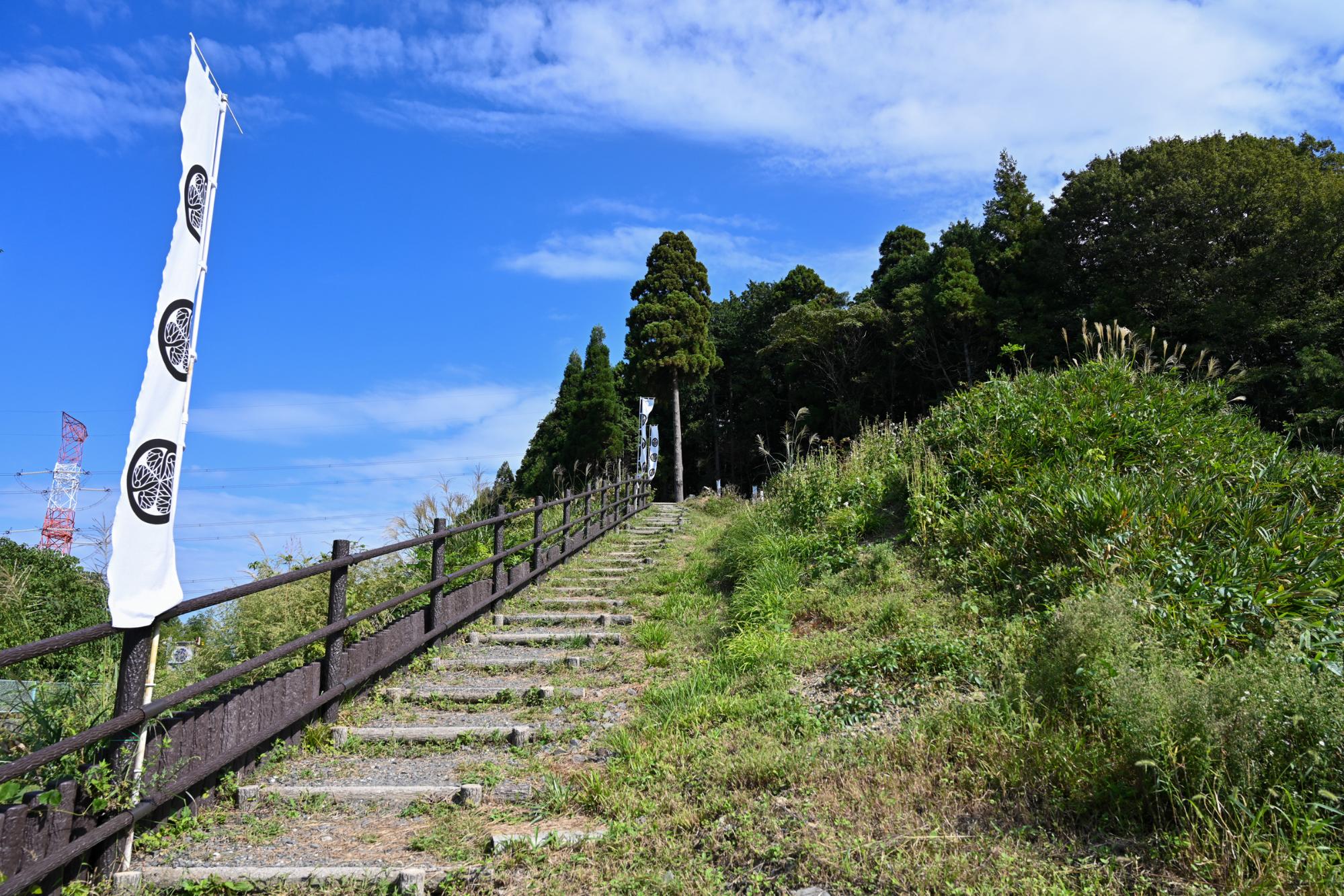
Walking up the stairs along Route 21 for about 2 minutes, you will find Mt. Momokubari where Ieyasu Tokugawa first set up its main camp. Actually, Mt. Momokubari is said to be the site of the camp of the two great warlords, as there is a legend that the victor, Oama-no-mikoto, left Nogami Angu and set up camp there during the Jinshin War, which took place before the Battle of Sekigahara.
Therefore Ieyasu seems to have encamped in this place as auspicious. The stool stone and desk stone that Ieyasu Tokugawa used during the Battle of Sekigahara still remain.
To keep an eye on Kobayakawa!? Ruins of Otani Yoshitsugu's camp ruins


The "Otani Yoshitsugu Camp Ruins," where the first camp was set up during the Battle of Sekigahara, is located a short distance downhill from "Otani Yoshitsugu's Tomb" in Yamanaka. This camp was built on a steep slope above "Wakamiya Hachimangu Shrine" about ten days before the Battle of Sekigahara began. It was such a strategic location that it was called "Yamanaka Castle." Yoshitsugu, who was a skilled tactician and an excellent bureaucrat, also showed his ability in building a camp. Anticipating the possible turnover of Kobayakawa Hideaki, Yoshitsugu set up a position directly in front of Mt. Matsuo and deployed 600 troops in preparation for a surprise attack by Kobayakawa Hideaki's troops.
Tomb of Otani Yoshitsugu, Tomb of Yuasa Gosuke
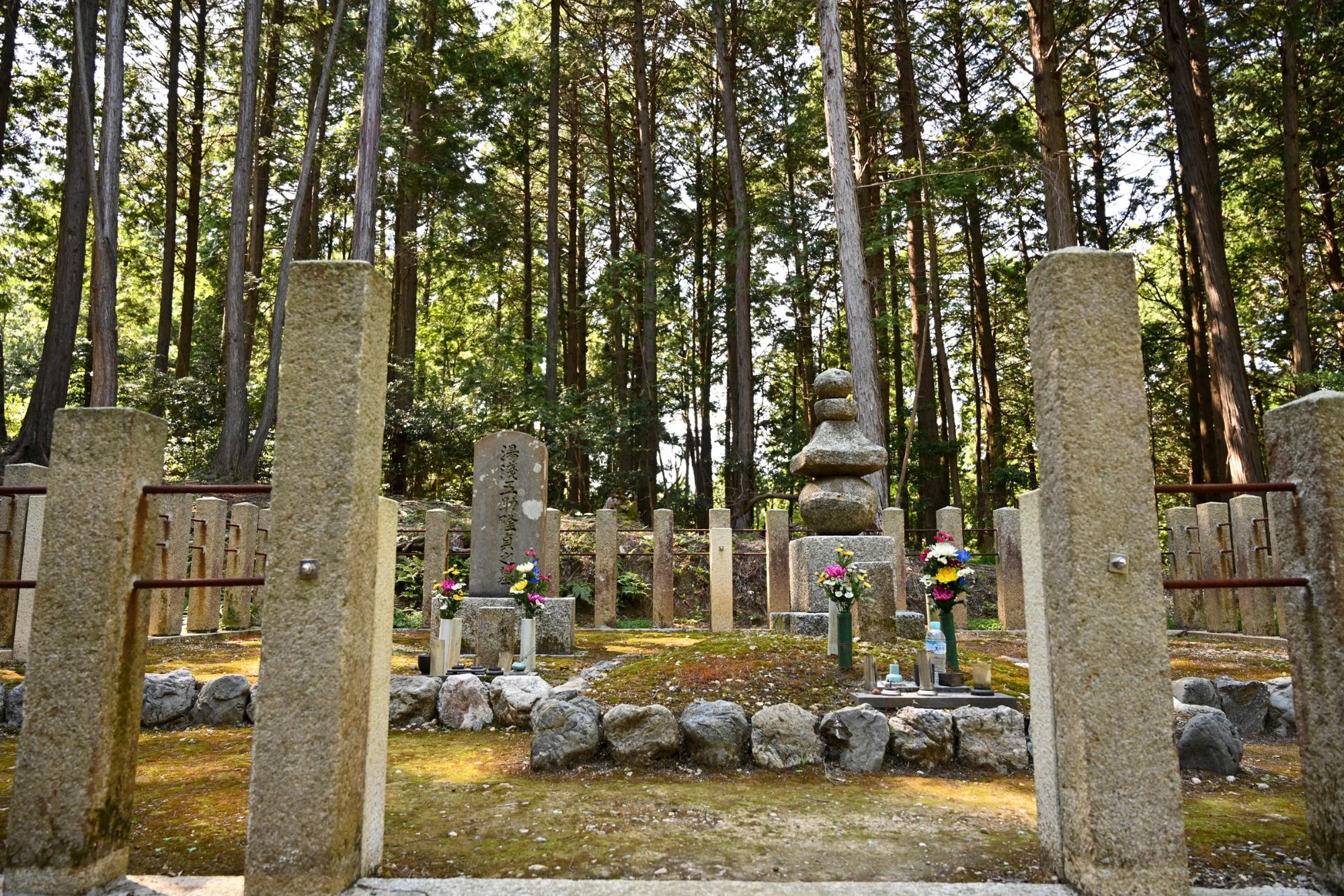
The Tomb of Yoshitsugu Otani is located about 15 minutes up the mountain path from the monument of Tamehiro Hiratsuka. Yoshitsugu engaged in fierce battles with the Todo and Kyogoku corps and the Kobayakawa corps, who had defected, but in the end he was defeated by Hideaki Kobayakawa and others who defected. He committed seppuku through the intervention of his vassal, Takasada Yuasa. Yoshitsugu's head was buried in the ground by Gosuke.
Gosuke honestly told Todo where Yoshitsugu's head was and asked for a memorial service before being killed. Impressed by his enemy, Todo never revealed the whereabouts of Yoshitsugu's head, even when Ieyasu questioned him. After the battle, the Todo family built the grave of Yoshitsugu Otani on this site.
Clever gun strategy "Shimazu Yoshihiro camp ruins"

About 800 meters south of Mt. Sasao's Mitsunari Ishida camp ruins is said to be the site of Yoshihiro Shimazu's camp. Yoshihiro Shimazu is famous for his miraculous survival from the Battle of Sekigahara, "Shimazu's Nokiguchi", but he is also known for his skillful use of guns in battle.
The guns took turns sniping and shooting down the cavalry. If you visit the historical sites with the fact that a small force of only 800 men supported the Western Army from the center, you will probably see the camp site in a different light.
"Ieyasu Tokugawa last camp ruins'' that led to victory
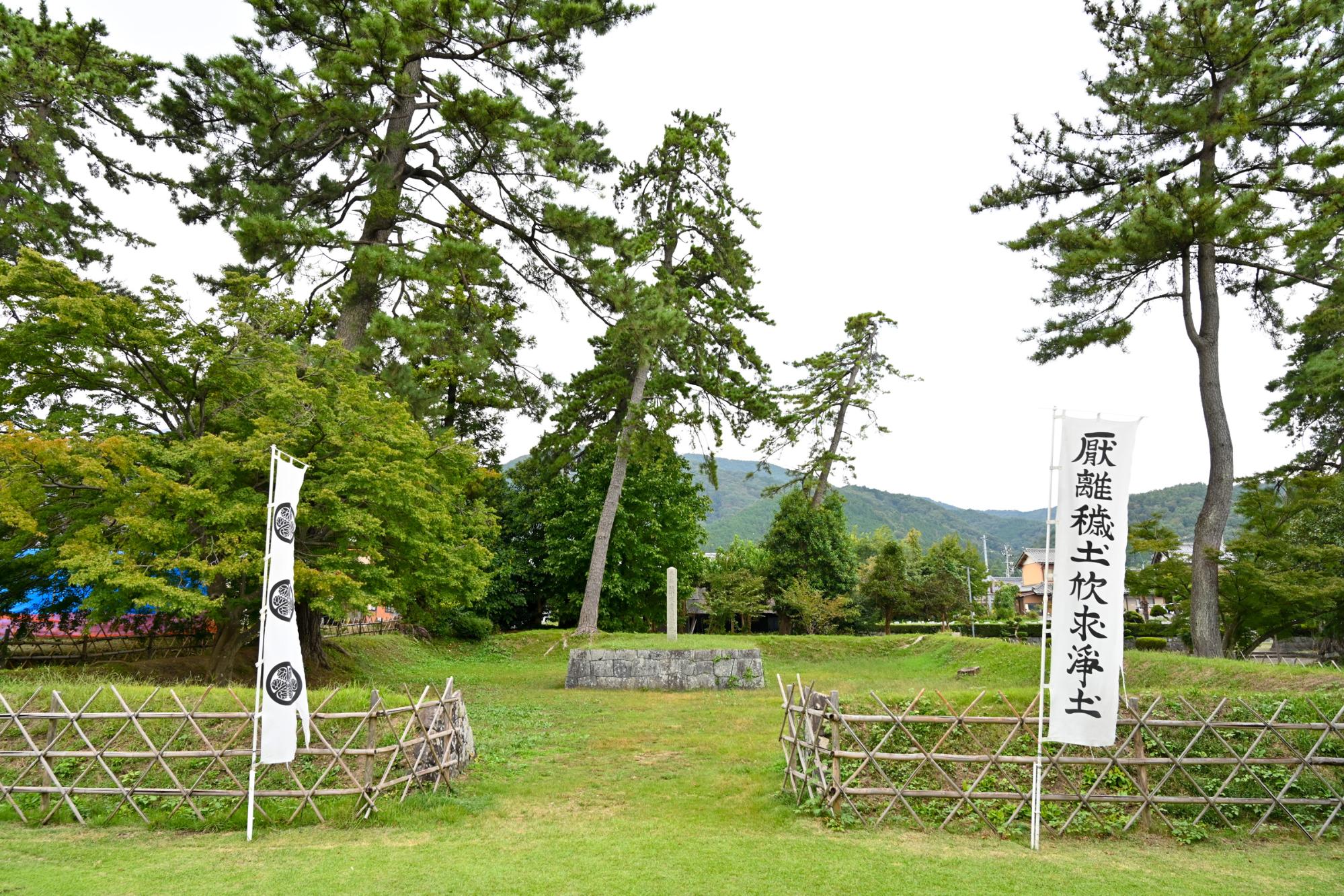
The last place I would like to introduce is the site of Ieyasu Tokugawa last camp, located in a lush green area called Jinbano Park, right next to JR Sekigahara Station. Here, around 11:00 am on the day of the Battle of Sekigahara, Ieyasu was irritated by the difficult battle and moved the headquarters from Mt. Momokubari to the very center of Sekigahara, just below Mt. Sasao, the Mitsunari headquarters. Ieyasu ordered Kobayakawa Hideaki at Mt. Matsuo to open fire on Mitsunari, and he successfully turned the tables and led his troops to victory in the Battle of Sekigahara.
After the battle, the head of the enemy was examined at this site. In the center of the platform stands a pillar with the inscription "Shogi-ba Ieyasu Tokugawa shinkiken-kakusho."

The Battle of Sekigahara is said to be the greatest battle of the Sengoku period. By learning at Gifu Sekigahara Battlefield Memorial Museum and touring historic sites, you can experience the history of Sekigahara more deeply. Would you like to discover a new charm of Sekigahara, which is full of attractions?


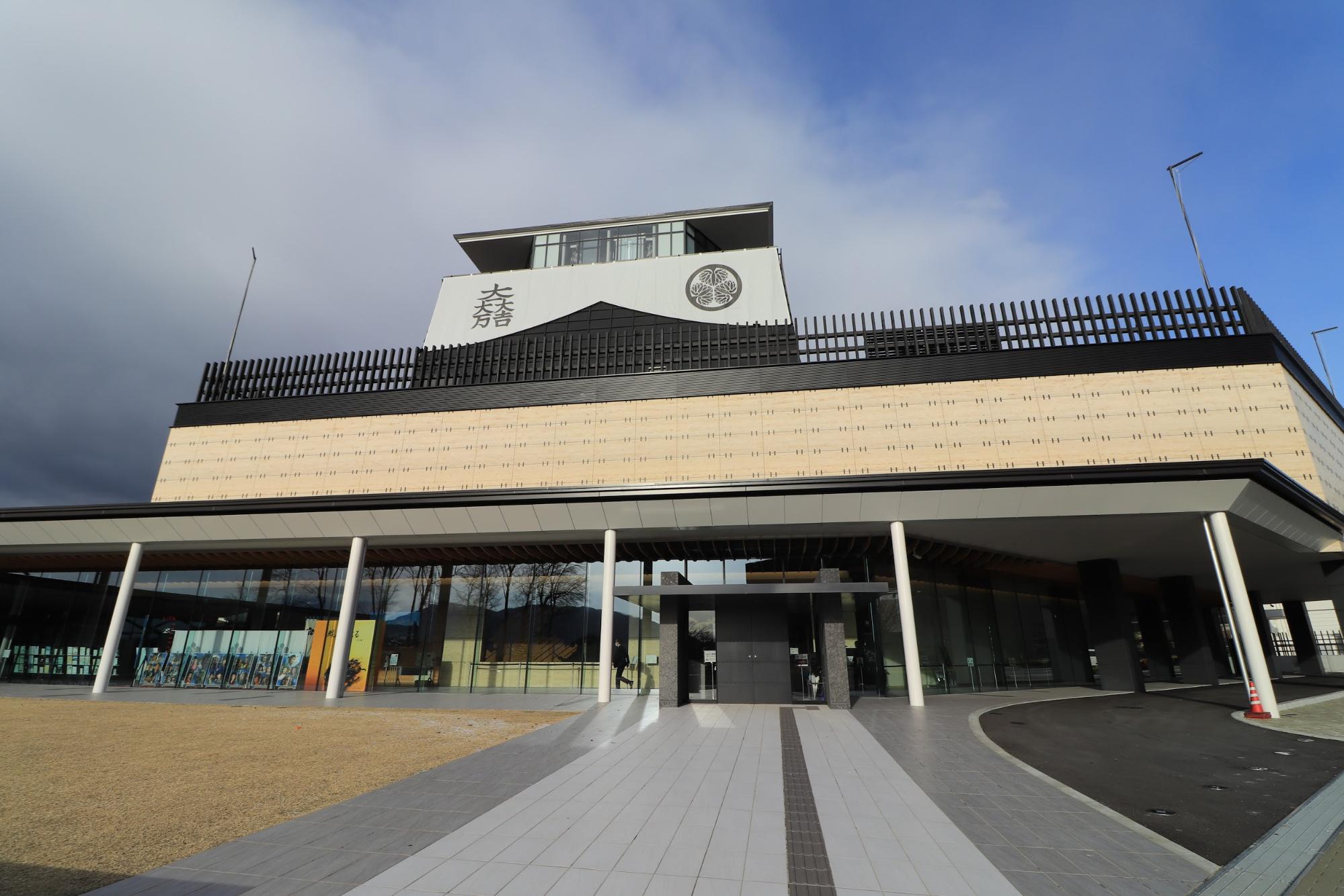
![[Tokai Area] Explore its History!](https://life-designs.jp/wp/wp-content/uploads/2019/12/LD_banner_w1920x1088_history-1-1024x580.jpg)

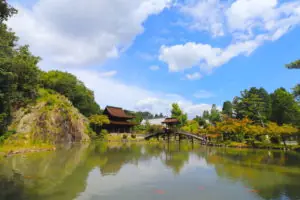
![Goshuin Red Ink Stamp Tour in Inuyama! [Sanko Inari Shrine, Harituna Shrine, Inuyama Castle]](https://life-designs.jp/wp/wp-content/uploads/2020/01/image8-29-300x200.jpg)
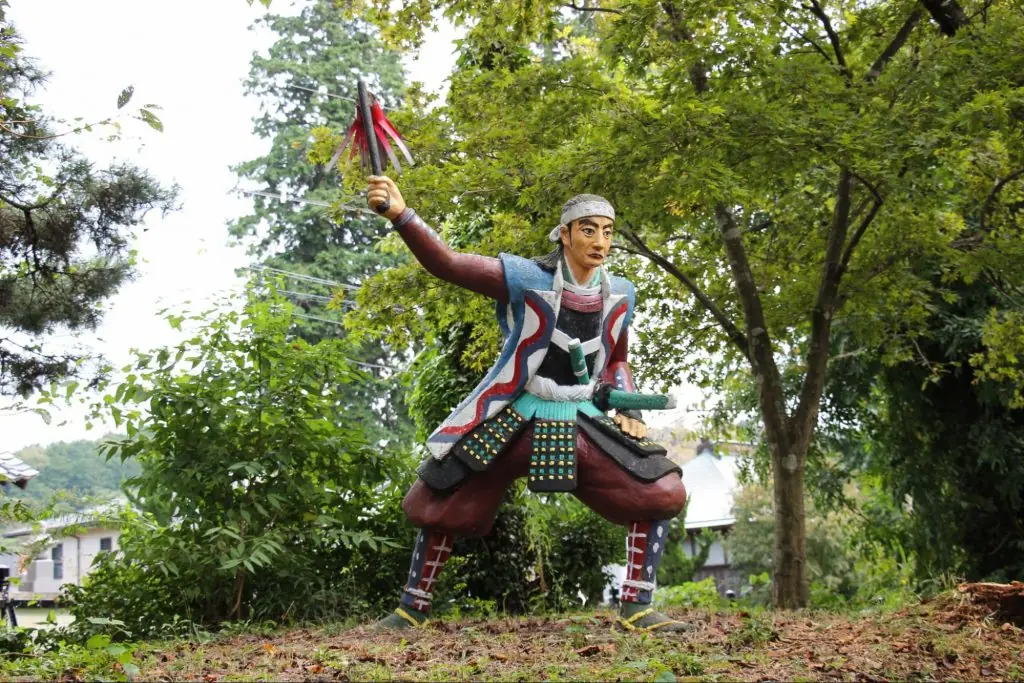

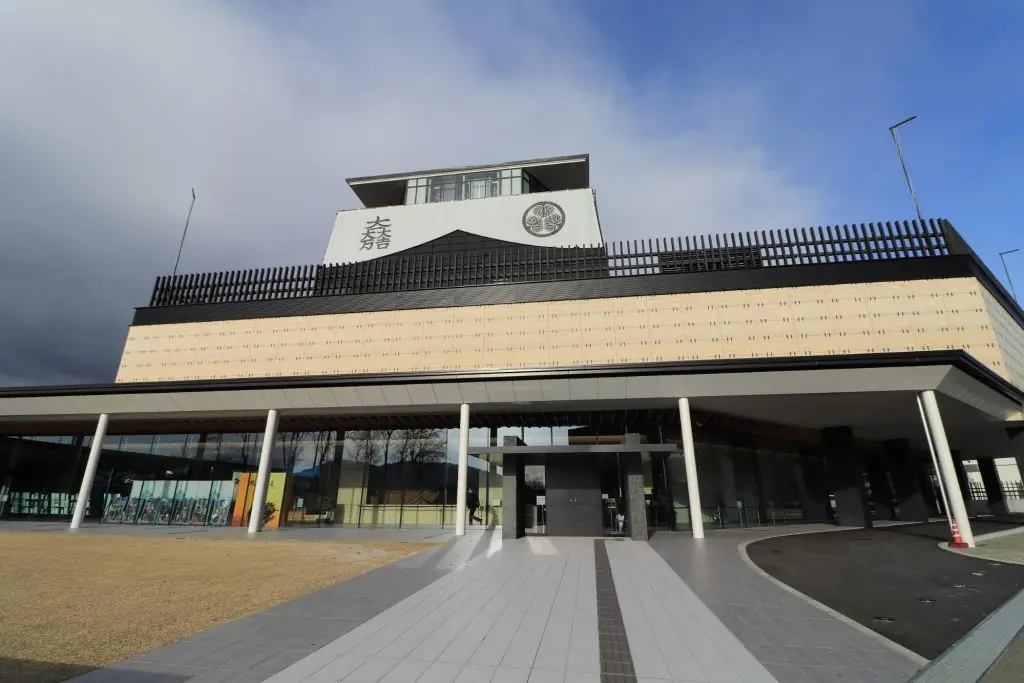
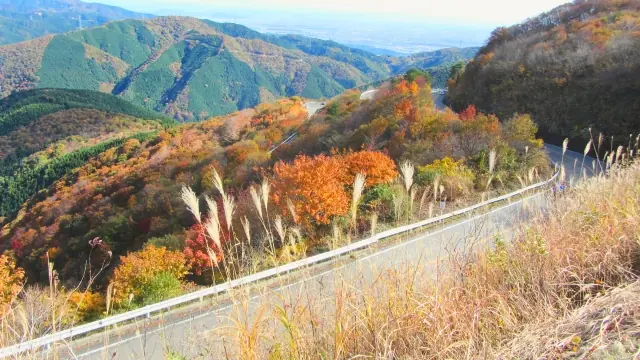
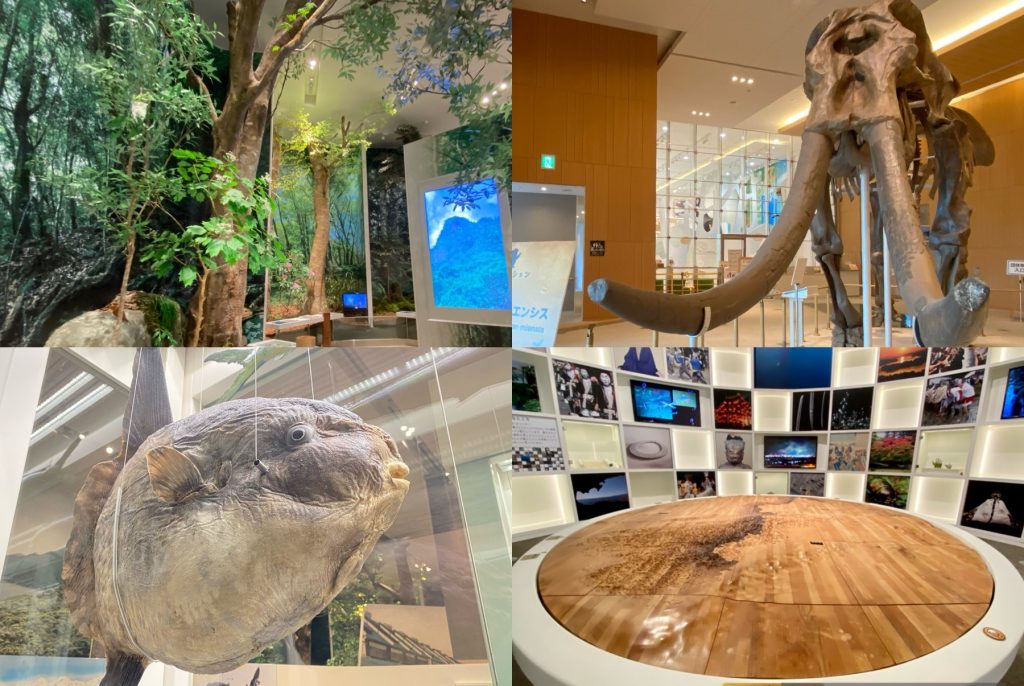
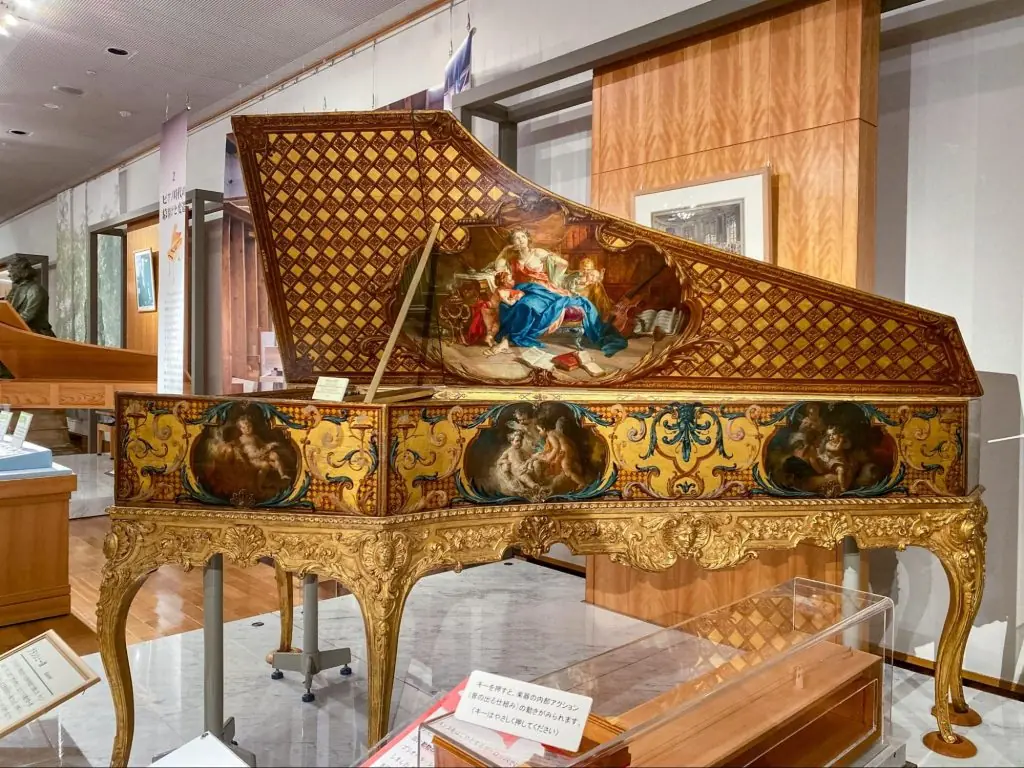
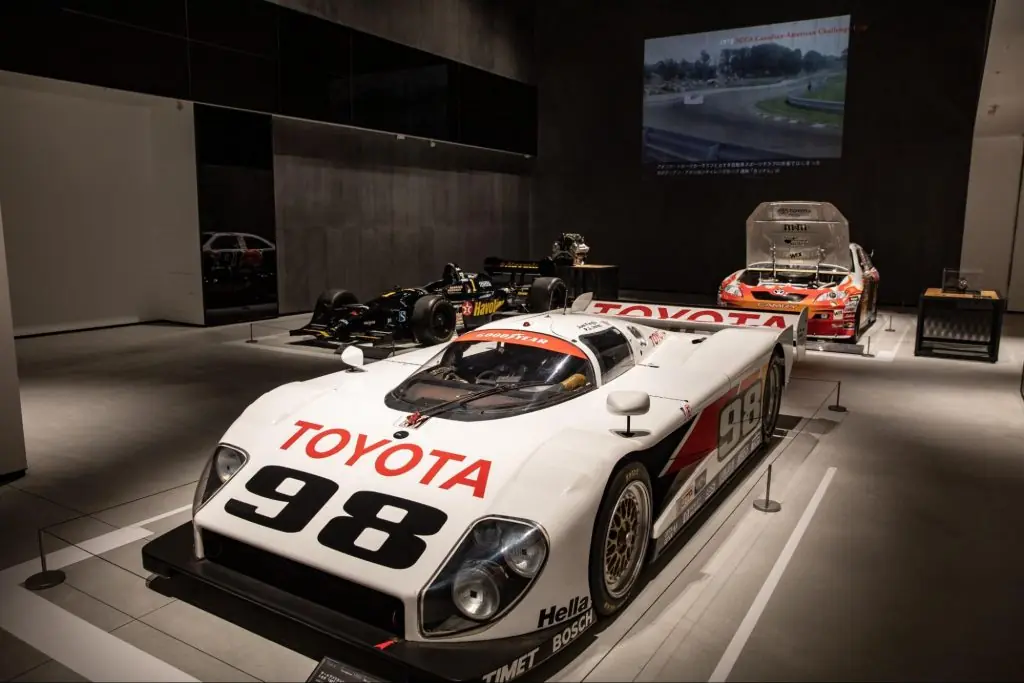
![[Aichi] 10 Must-Buy Souvenirs from Meiji Mura: Top Picks for Your Visit](https://life-designs.jp/wp/wp-content/uploads/2024/07/image11-14-1024x683.jpg)

![[Indoor Facilities] Where to Go on Rainy Days in Tokai Area! For Family Outings!](https://life-designs.jp/wp/wp-content/uploads/2023/07/FotoJet-23.jpg)





![[Special Feature] Enjoy Your Day at a Park!](https://life-designs.jp/wp/wp-content/uploads/2019/12/LD_banner_w1920x1088_park-1-768x435.jpg)
![[Nagoya-meshi] Nagoya's Speciality Dishes](https://life-designs.jp/wp/wp-content/uploads/2022/06/5ba2ca8c038fd4af7527bc0826367cfb-768x435.png)
![[Osu Special Feature] A City of History and Uniqueness](https://life-designs.jp/wp/wp-content/uploads/2022/03/01_Osu-1-1024x580.png)
![[Enjoy Kuwana! ] From Classic to the Latest Spots](https://life-designs.jp/wp/wp-content/uploads/2022/11/Kuwana_w1920x1088-1-1024x580.png)

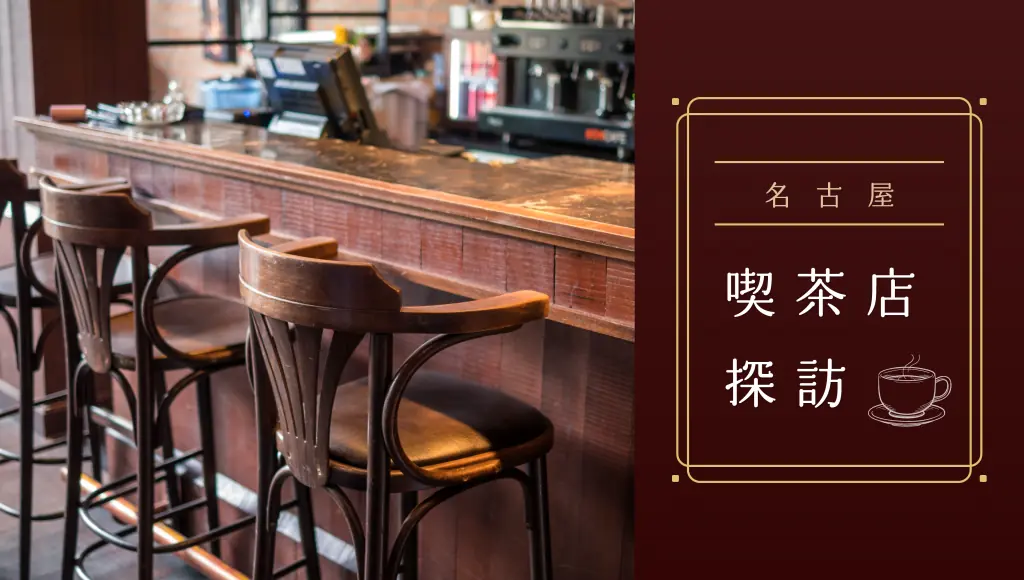
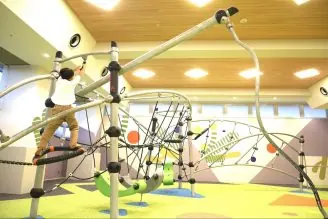
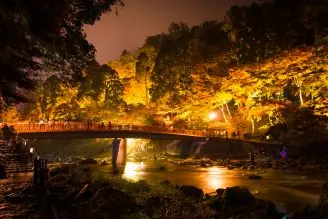
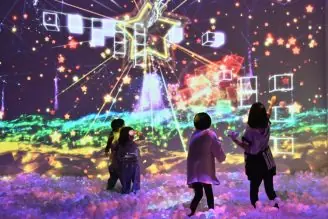
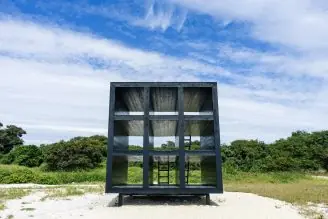
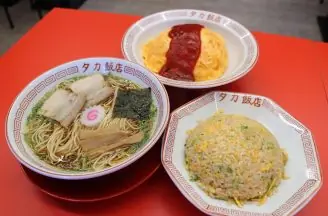

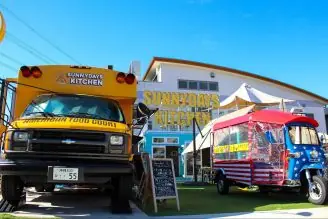
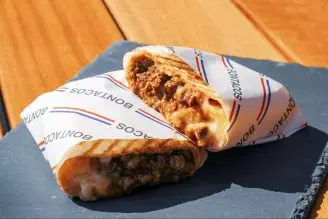
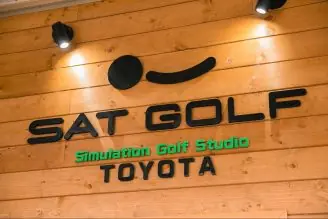
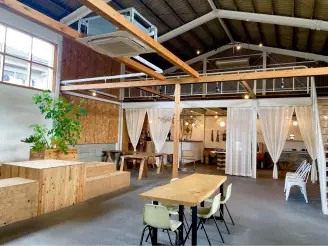
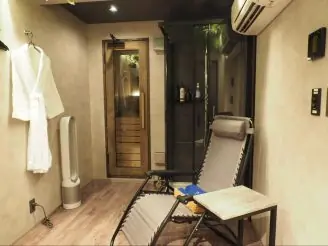
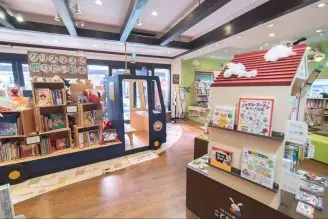
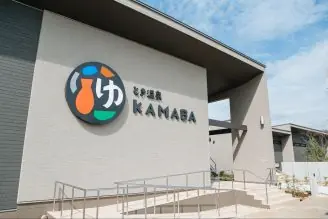
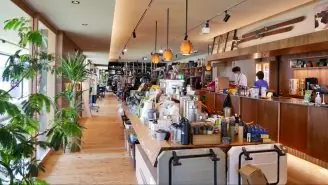

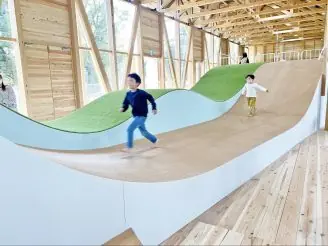



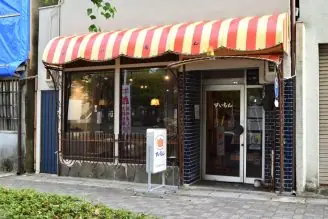
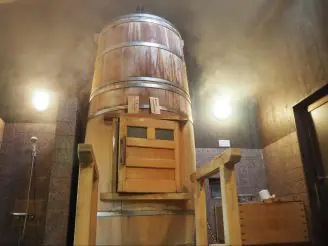

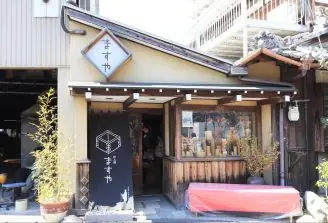
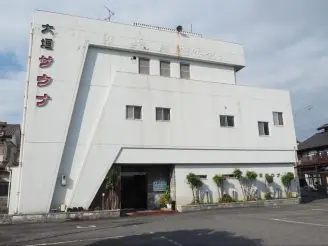
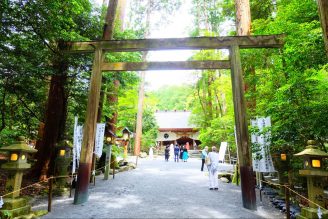
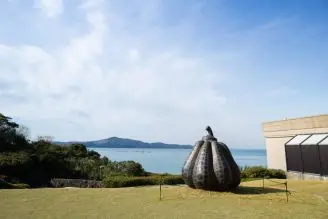
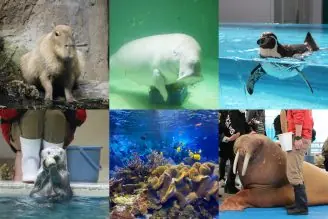
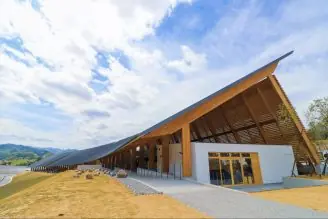
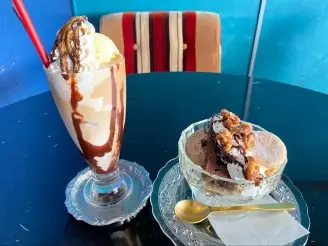
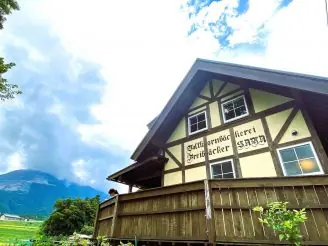
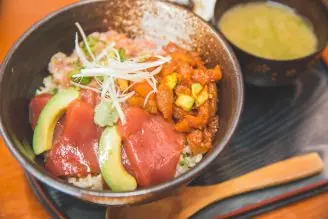

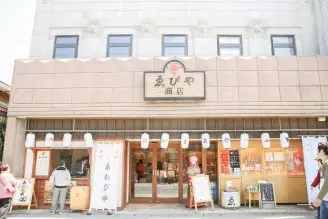
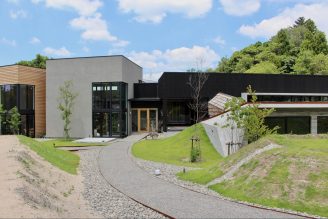

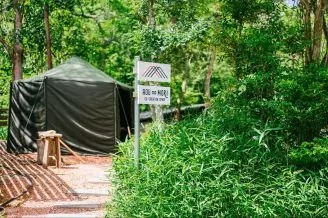


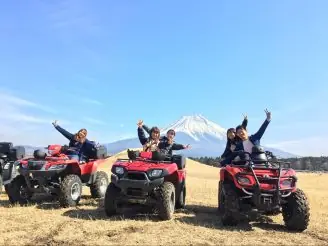






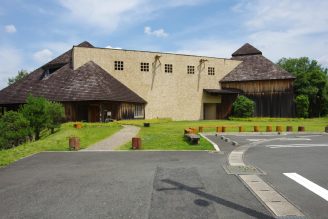
![Onigiri is hot right now! Summary of Osu's Onigiri Specialty Shops [5 selections].](https://life-designs.jp/wp/wp-content/uploads/2023/11/onigiri-1024x768.jpg)
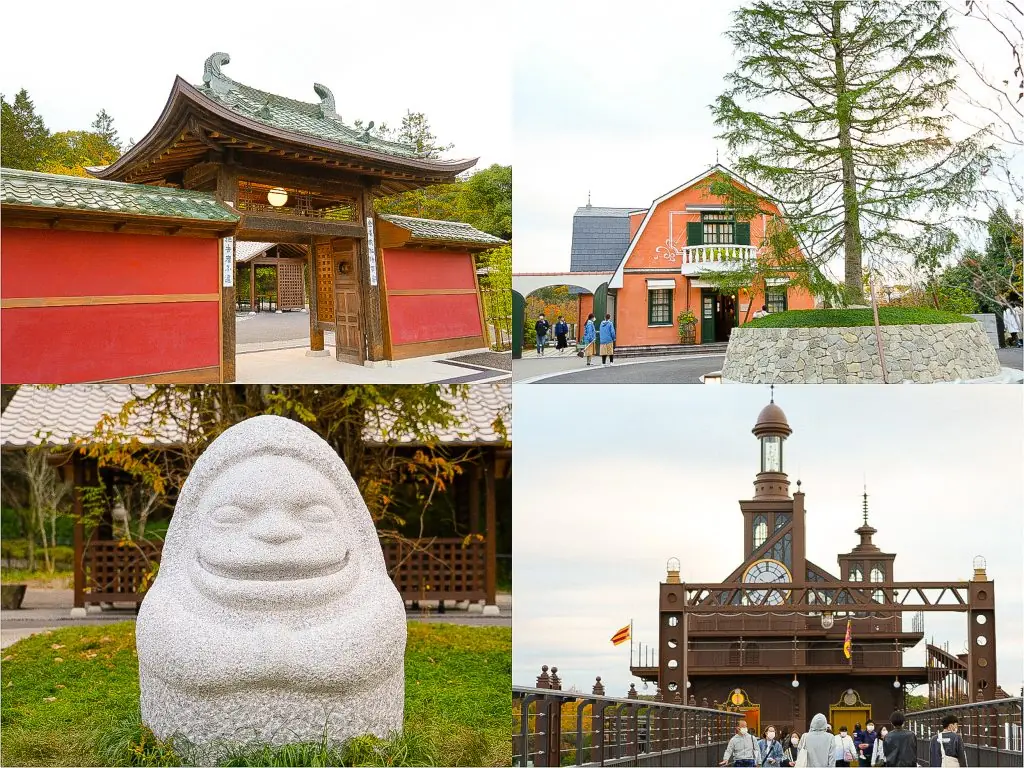
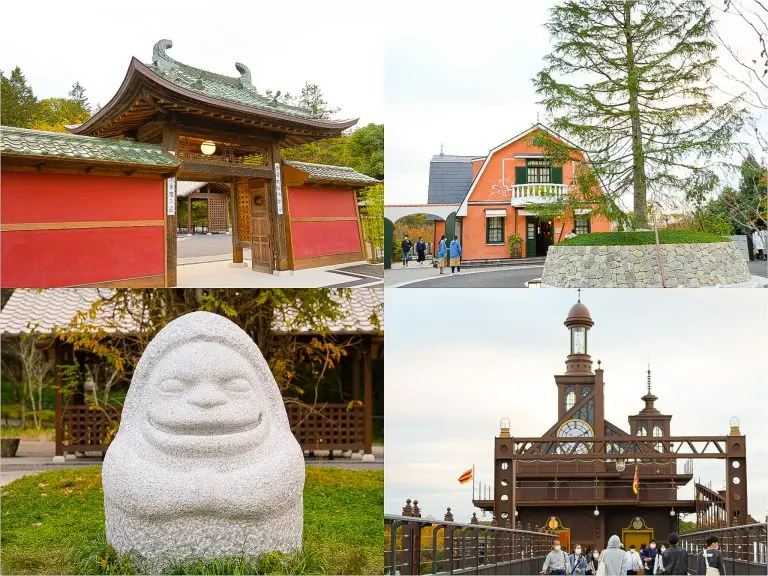
![[Within 2hrs by Car] 12 Outing Areas where You can Go on a Day Trip from Nagoya!](https://life-designs.jp/wp/wp-content/uploads/2023/07/odekake12_w1200h900_20240422-328x246.png)
![[Aichi, Gifu, Mie] 30 Family-Friendly Spots to Go in Winter!](https://life-designs.jp/wp/wp-content/uploads/2019/12/image21-1-150x106.png)
